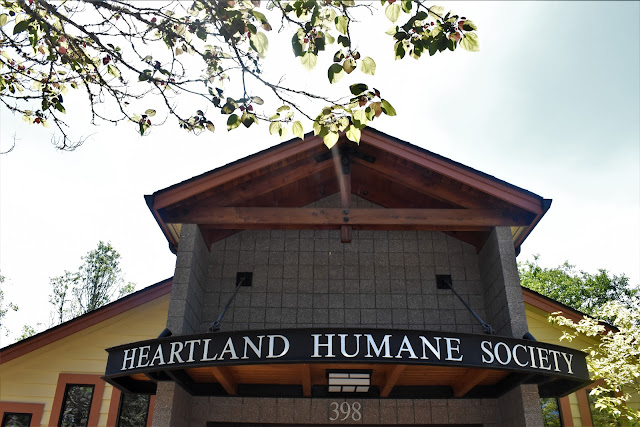Review on "Our Planet" -- Spoiler alert: definitely worth watching!
 |
| Photo Courtesy of Netflix |
The soothing, melodic, and familiar British voice of David Attenborough may give you the false pretense that the Netflix Original series “Our Planet” will show you beautiful pictures of the natural world, similar to his other shows, “Planet Earth” and “Blue Planet.”
You are mistaken. While the nature documentary does show you the pristine and awe-provoking world of the natural ecosystem, it accompanies those images with the jarring reality of climate change.
What differs in this show is its unavoidable message. Instead of making the effects of climate change on our environment background information, “Our Planet” focuses on it.
The sadistic, yet necessary component of the show, is its play on our emotions. You will start at the top of your roller coaster of emotions witnessing the true and undeniable beauty of the natural world, images of the multicolored beauty and diversity of the coral reefs and all that inhabits them.
The roller coaster then takes a sharp and awful turn by throwing us into the world of 50 percent of the current coral reefs, that world which consists of the bleak, bleached out, and abandoned version as a result of our warming seas.
“Our Planet” is truthful, almost to a fault.
The show has no intentions of sugar-coating the truth or playing with speculations. The effects of climate change are hard to debate when you are witnessing video footage of polar bears’ environment melting underneath them.
“Our Planet” was shot in 4k footage, the top technology for television due to its zoom quality, stabilization lens, and the detail and focus you don’t get from HD lens, by some of the best cinematographers to date.
Keith Scholey, co-executive producer said, “You know who the top dozen wildlife camera operators are, and we only selected the A-listers. We didn’t have to persuade [Netflix] that these are the people to use, because everyone wants to have the rock stars of the industry.”
Over the course of four years the team shot in 55 different countries. Netflix gives a look into some of the key factors to the diverse regions, stating, “Subsequent episodes capture Earth’s key biomes, or habitats: the icy frozen worlds, jungles, coastal seas, deserts and grasslands, high seas, freshwater regions and forests.”
Its producers, Alastair Fothergill and Keith Scholey, and over 600 crew members worked for getting unusual and hard to get images. A BBC press release told HuffpostUK that the effort included setting up at a location with a team of six people who waited three weeks for something worthy of filming to happen.
In some cases the team used unmanned remote control cameras (including drones), and in others they used camera rigs.
In one instance the producers told Earther, that they had to shoot a cheetah hunt from “a long distance in a jeep with a unique camera rig that allowed the shot to stay stable despite bouncing across the grassland.”
In many cases people who ignore or try to debate the effects humans have on the planet -- a great example being the outcomes over fishing has on the ocean's ecosystem -- ignore the videos that show the deadly effects it has on our environment.
The producers of “Our Planet” made sure you can’t. The combination of social media and the widespread reach of Netflix has resulted in the inability to escape from the message. In the era of a need for change, “Our Planet” has a very real chance of impacting the populace.
At a Glance:
Netflx Original Series: 8 episodes
Producers: Alastair Fothergill and Keith Scholey
Network: BBC
Links:



Comments
Post a Comment